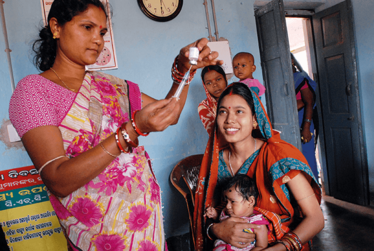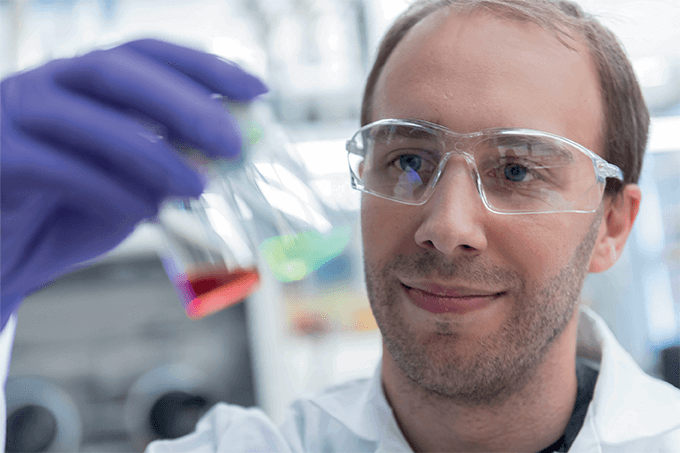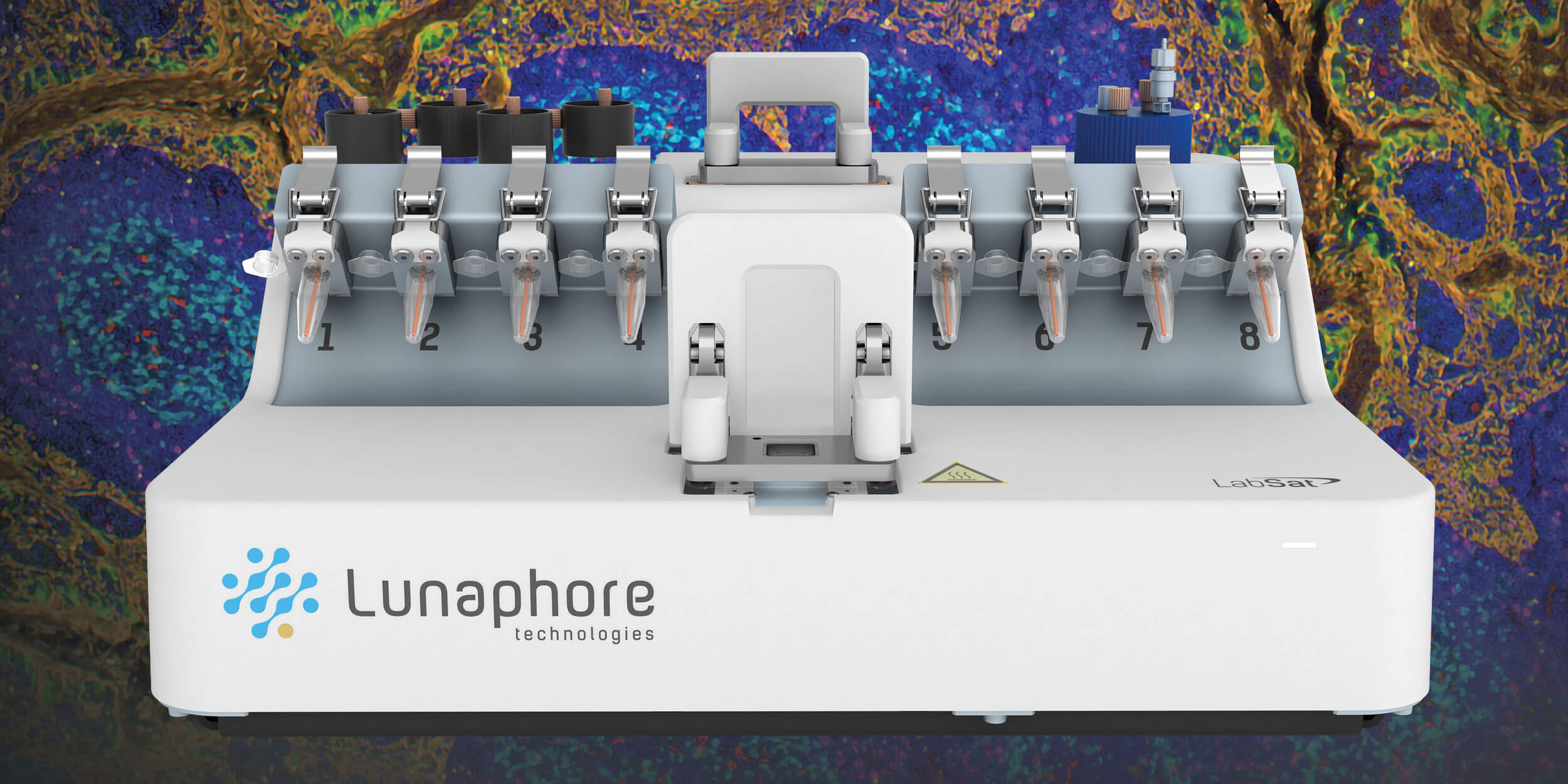The Missing Link
Whether you are a scientist working on a new intervention or a policy-maker trying to solve major public health problems, social and cultural factors are crucial pieces of the puzzle – ignore them at your peril. Here, I explain how social science can help.

Advocates for the development of translational research have been careful to point out that utilizing new knowledge in the pursuit of improved human health does not stop “at the bedside”. Definitions of translational research often encompass forms of social science and health services research that are concerned with patients and populations. “Secondary translation” or “T3/4” are terms coined for the social, structural, economic, political, cultural and other non-medical dimensions of human life that limit real-world therapeutic interventions. Public health is often described as a multidisciplinary field but the delivery of technical innovations remains at the center of public health professionals’ work, with social scientists providing secondary information that becomes relevant only at the implementation stage; for example, when health economists measure the cost-effectiveness of a new surgical technique or when psychologists develop a method to deliver a new health-related recommendation based on behavioral change models. Yet social scientists potentially have a much wider role to play in both implementation and development of public health interventions and strategies.
Social science versus superbugs
Antimicrobial resistance (AMR) is a good example of the potential of social science. Media attention and research funding has so far focused mostly on new technologies to tackle the rise of infections that are unresponsive to existing antimicrobials, whether in the form of pharmaceutical development of novel antibiotics, improved genotyping of resistant strains or rapid diagnostic tests. Yet we all know that the phenomenon of AMR is largely a consequence of human action itself, and both its drivers and its consequences are socially patterned.
To most of us, the development of new diagnostic tests seems an obvious requirement for reducing widespread overprescribing of antibiotics for non-bacterial infections and ensuring that the correct antibiotics are prescribed when needed. Indeed, the UK’s £10 million ($15 million) Longitude Prize is being offered to anyone who can develop a faster, more efficient test to direct antibiotic prescription. Social science research into the realities of antibiotic use in countries like India, however, presents a very different picture. There, limited resources combine with a thriving, poorly regulated medical market to create a two-tier health system. Ethnographic, sociological and economic researchers have shown that low- and middle-income families mostly seek treatment from practitioners qualified in a wide variety of medical traditions or not qualified at all, or from under-resourced and understaffed public facilities, while those with sufficient means access expensive private clinics characterized by the overuse of profitable medical imaging and diagnostic tests. Antibiotics can readily be bought over the counter without prescription and out-of-pocket expenses account for 80 percent of all healthcare costs. In such a setting, new rapid diagnostic tests don’t look like such a good investment. Their use is likely to be limited to for-profit facilities where costs can readily be passed on to the clientele and evidence of bacterial resistance may simply provide further grounds for offering novel treatment with the latest imported antibiotics. Meanwhile, poorer patients will remain reliant on government health facilities where limited resources prohibit the use of rapid diagnostic tests, or on private practitioners who provide demand-driven, symptom-based treatment and rely on pharmaceutical sales representatives as their main source of information and supply. In this scenario, the advent of new testing technologies to establish the identity of the disease-causing pathogen at the point of care is unlikely to have much impact on spiraling levels of AMR.
This kind of detailed contextual information is how social scientists can help predict the likely effectiveness of new innovations when translated into the real world. Moreover, further empirical research could point the way to interventions that would enhance the effective uptake of new diagnostic technologies; for example, investigation into drug supply chains, followed by: economic modeling of financial incentives for prescribing at different levels of the healthcare system, legal and policy analysis of possible legislative and fiscal strategies for influencing private medical markets, sociological and anthropological studies of treatment-seeking behavior, documenting the social patterning of medicine use across different social groups and cultural settings so that interventions can be targeted effectively.
First world problems
Rapid diagnostics might be difficult to implement in India, but surely in high-income settings with universal access to free health care such as the UK, their value is self-evident? Not so. Social science research reveals the complex processes that influence decision-making in primary care settings where such new tests would be used. Evidence on clinicians’ use of existing diagnostic tests suggests that doctors tend to act on test results that confirm their own clinical (symptom-based) diagnoses, and are more likely to disregard results that conflict with them. Qualitative studies on the perceptions and practices of GPs and parents seeking treatment for children’s respiratory infections conducted by my colleagues in the Centre for Primary Care at Bristol University (UK) further demonstrate that doctors often prescribe antibiotics to children in the belief that parents expect them, while parents in the main are simply seeking reassurance – see “Crossed Wires”. These studies further indicate that antibiotics are prescribed without clinical evidence because (at least in part) both parties wish to reduce the perceived risks of harm associated with failing to prescribe in cases of serious illness. For doctors, the small risk of misdiagnosing a seriously unwell child could damage their reputation and potentially lead to legal consequences. For parents, the potential adverse social as well as health consequences of being seen to “neglect” obtaining effective treatment for their ill child outweighs the individually insignificant risk of over-treatment.
This kind of social science research tells us that while from a scientific perspective it seems obvious that rapid diagnostic tests would be useful, this may not be the case. In the absence of further targeted social science research to ascertain whether both parties would consistently utilize and act on the results of rapid diagnostic tests for infection and AMR, it is by no means self-evident that such tests will effectively limit or even slow the rise of AMR in UK populations. The importance of obtaining this kind of contextual information needs to be recognized when research funding is allocated to different types of translational research.
Culture clash
Among the social sciences, my own discipline of social anthropology has long been recognized as centrally concerned with “translation” – or the attempt to take knowledge and practices that are self-evident in one culture and make them explicable within another. As the example of rapid diagnostic tests for limiting AMR suggests, social science research allows us valuable insight into possible “sticking points” in translational processes. It can also shed light on how far scientific knowledge can be deliberately formulated to “travel” beyond its initial community of discovery – as well as understanding what factors can facilitate but also limit new discovery and understanding.
The Indian example I have used above comes from personal familiarity with a setting where I have conducted research for many years. In the early years of the HIV epidemic, I led a team funded by the UK Department for International Development to develop methodologies for India’s National AIDS Control Organization that would enable them to conduct local situational analyses of sexual health. A multidisciplinary approach was essential for such an initiative – our team included an epidemiologist, a microbiologist, a psychologist, a public health researcher, a health economist, an STI clinician and myself (a medical anthropologist). In resource-poor settings, syndromic management is recommended for treatment of sexually transmitted infections (STIs) and reproductive tract infections (RTIs), in which diagnostic algorithms are used by health professionals to diagnose and treat presumptively.
However, diagnoses of RTIs based on reported symptoms correlate poorly with microbiological diagnoses, particularly in women (in part because symptom-reporting relating to vaginal discharge in South Asia is culturally influenced). Thus, to gain a real snapshot of the local situation, our approach included laboratory culturing of gonorrhea strains from patient samples to set alongside data on diagnosed infections. Similarly, in a country with multiple treatment options, rates of infection reported from public health care facilities may not be at all representative of population trends, if people are obtaining treatment elsewhere. Patterns of treatment-seeking for STIs and RTIs, including self-treatment as well as treatment by traditional healers and unqualified biomedical practitioners, therefore need to be understood. Accordingly, our work included not just government STI clinics but also “medicine shops” (pharmacies) and mapping of all other treatment providers, as well as the use of “mystery patients” to observe clinical management practices of medical specialists, exit interviews with (real) patients and observational work to map localities associated with high-risk sexual behavior. The implementation package we developed, known as SASHI (Situational Analysis of Sexual Health in India), has subsequently been used to gather essential background information needed to accurately target those who are at particular risk for HIV prevention activities in Brazil and China as well as India.
Our work in India is just one example of employing social science research to complement and contribute to the veracity of clinical and laboratory work, where the aim is to ensure more effective translation public health strategies. And it applies equally to experimental work, such as randomized controlled trials (RCTs). RCTs are widely assumed to demonstrate the efficacy of the intervention being trialed, but trial results in one setting do not reliably guarantee the effectiveness of the intervention when transferred to an entirely different setting. Qualitative research is increasingly being incorporated into RCTs to improve recruitment and fidelity. And once translated into population settings, social scientists are able to gather context-specific, often qualitative evidence that can explain how and why an intervention works or does not work in a particular setting.
By involving social scientists at an early stage, you can make sure your intervention doesn’t just work in carefully controlled clinical trials, but out in the real world, where it counts.
Helen Lambert is ESRC AMR Research Champion and Reader in Medical Anthropology, School of Social and Community Medicine, University of Bristol, UK
Crossed Wires
A key element of social science research applied to health is to unpick the communication between doctors and patients in order to identify misconceptions and misunderstandings. Antibiotic prescribing is a good example of why this is important. Studies have shown that physicians often prescribe antibiotics in response to what they perceive as patient demand (1), (2). The reaction? Calls to improve public understanding of antibiotics and what they can be used for, with a view to discouraging patients from demanding inappropriate treatments from their doctors. Yet a systematic review and synthesis of evidence on doctor–patient communication in primary care concluded that when parents express concerns or ask for information, clinicians often think antibiotic treatment is being requested, and that such miscommunication sometimes leads to unnecessary and unwanted prescribing of antibiotics (3).
Another systematic review reveals that patients wish to avoid adverse effects and so generally have a “no treatment” preference, and that in pediatric consultations, parents are mainly seeking reassurance (4).
- P. Little et al., BMJ 328 (7437), 444 (2004).
- A. Cole, BMJ 349, g5238 (2014).
- P. J. Lucas et al., Scand. J. Prim. Health Care 33(1), 1–10 (2015).
- C. Cabral et al., BMC Family Practice 15, 63 (2014).
Helen Lambert is ESRC AMR Research Champion and Reader in Medical Anthropology, School of Social and Community Medicine, University of Bristol, UK.















